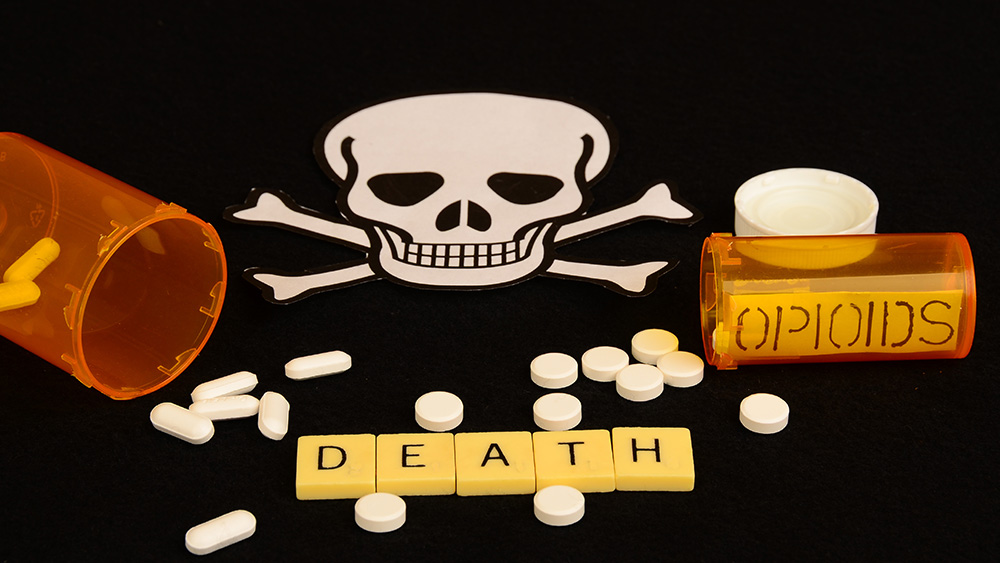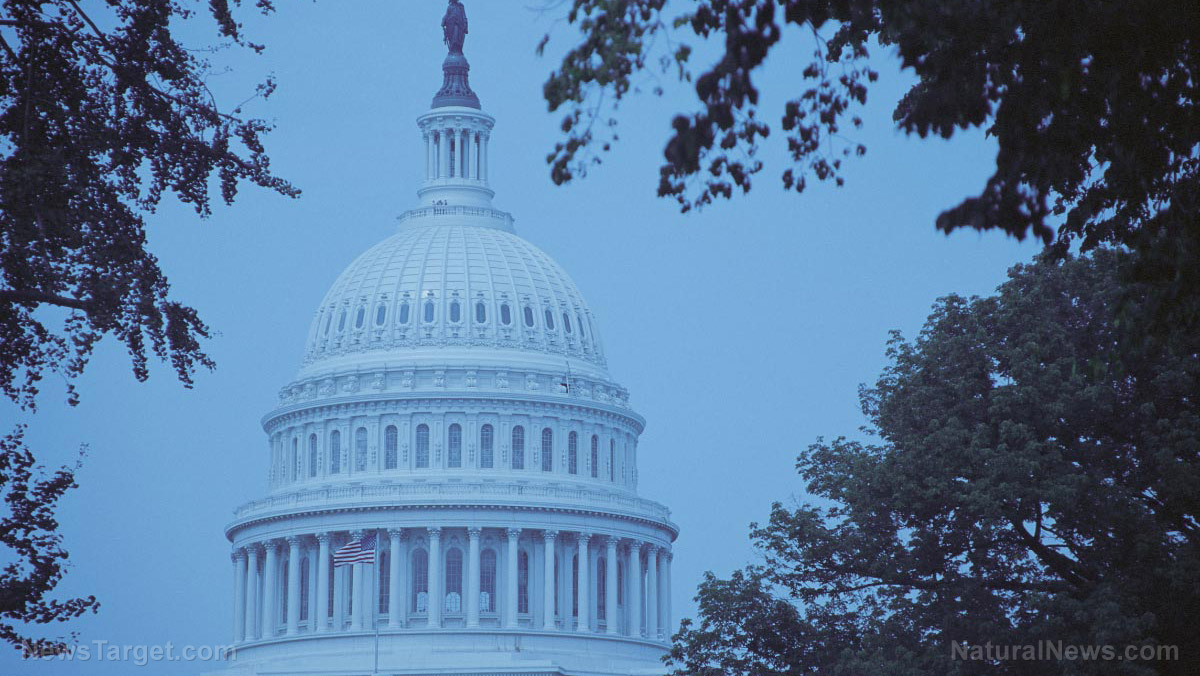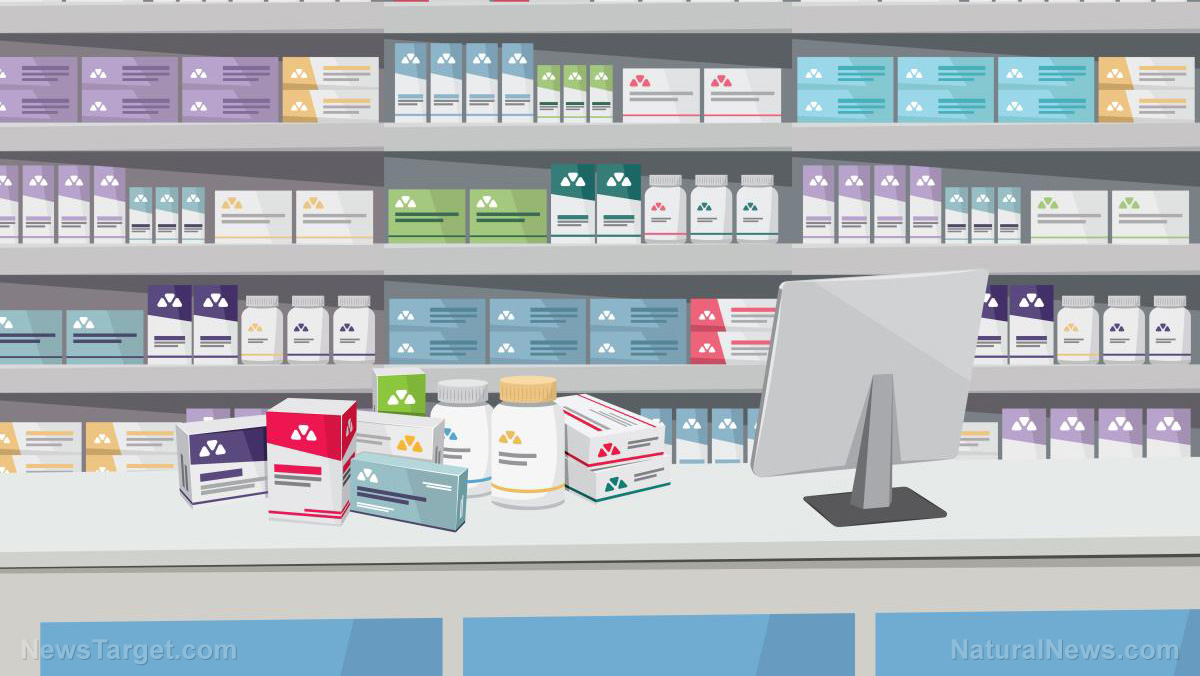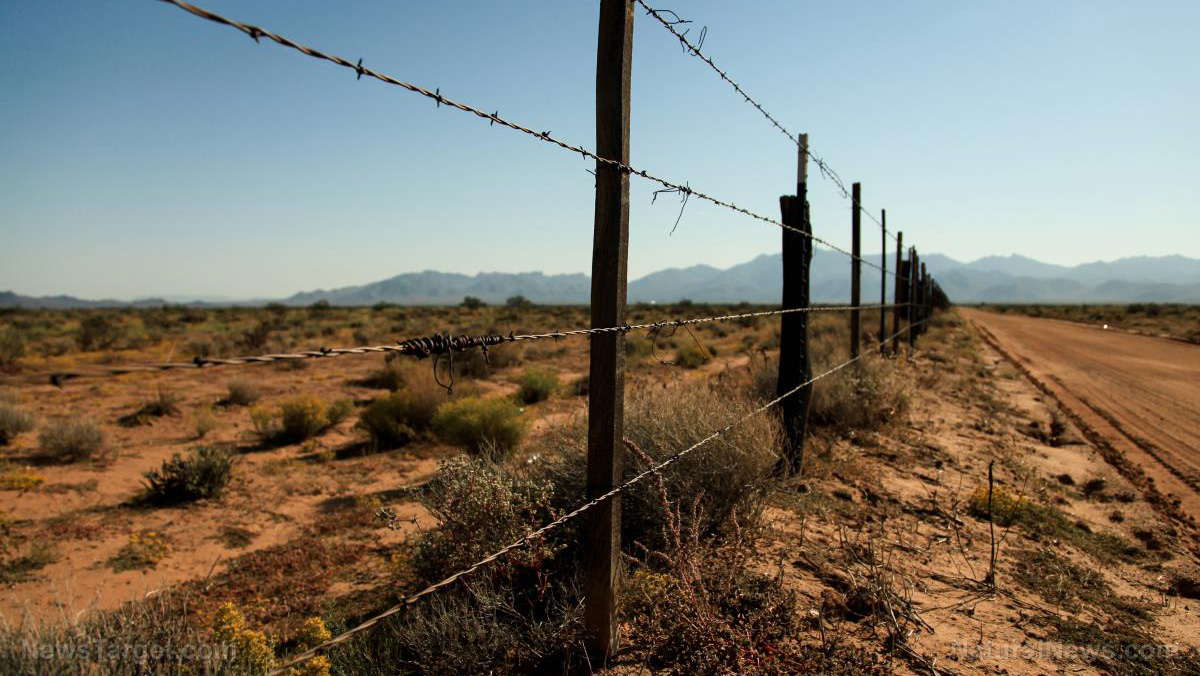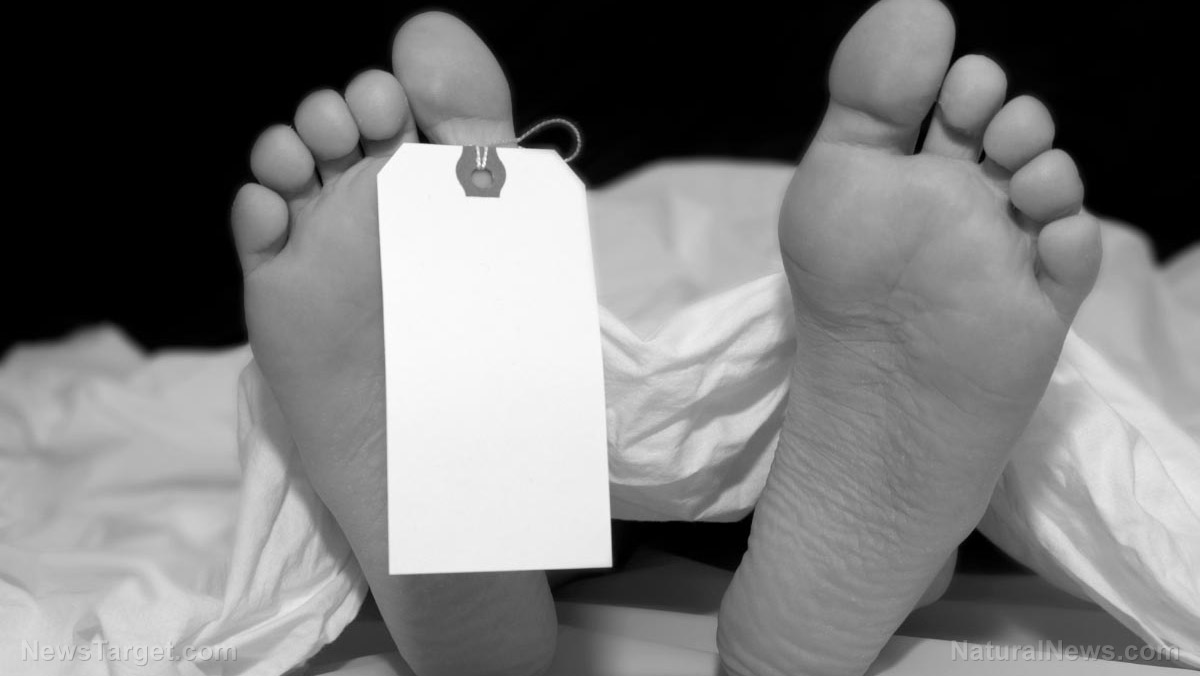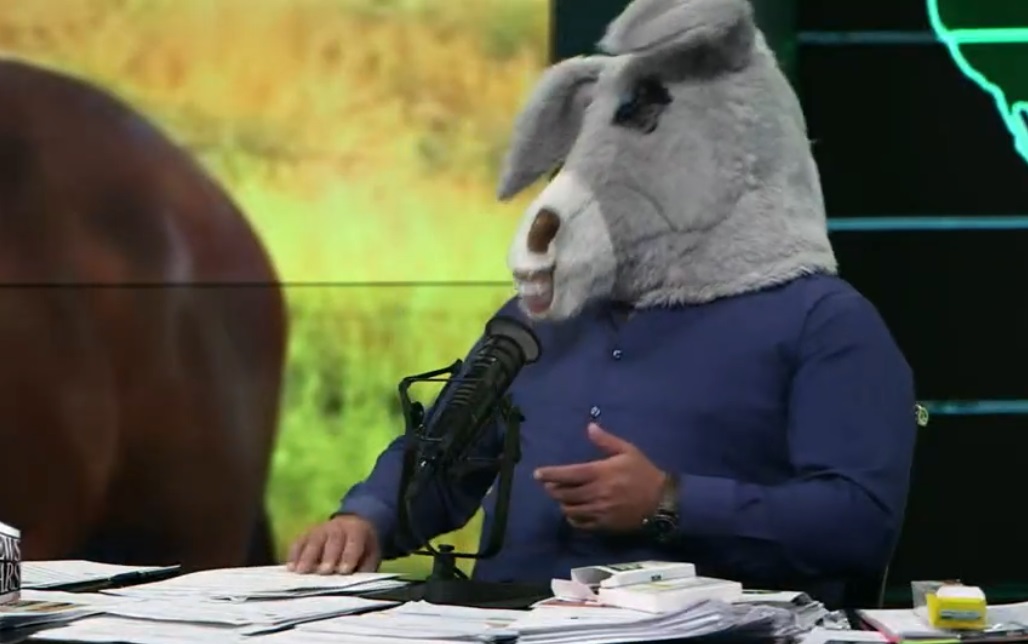Federal jury finds drugstore chains responsible for Ohio opioid crisis
11/30/2021 / By Ramon Tomey
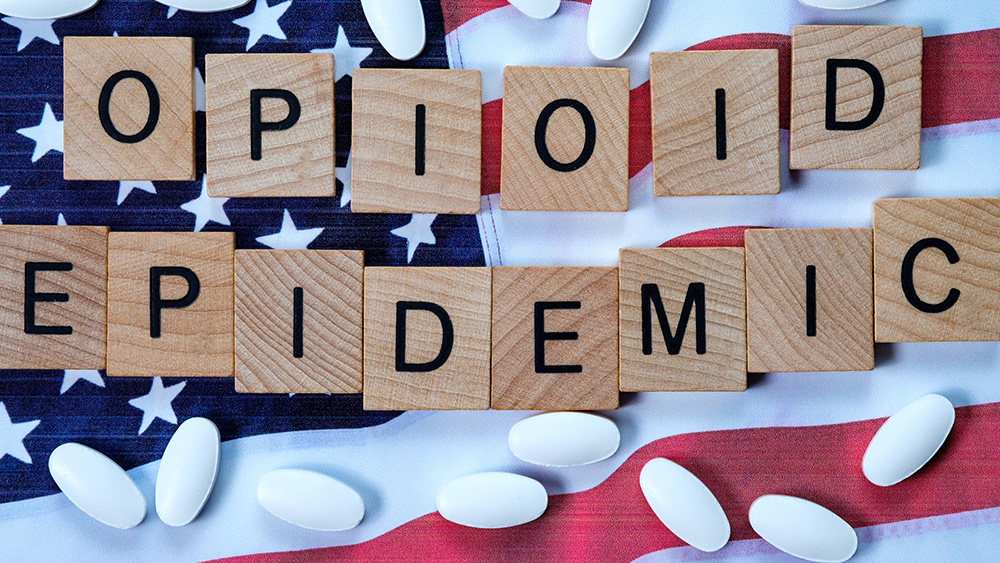
A federal jury found that drugstore chains Walmart, CVS and Walgreens were to blame for fueling the opioid crisis in two Ohio counties. The Nov. 23 decision by jurors in Cleveland is the latest action regarding the opioid crisis that has killed more than 500,000 Americans.
The jury concluded that actions by the three drugstore chains helped create a “public nuisance” in Lake and Trumbull counties. Given the jury’s decision, District Judge Dan Polster will determine how much the three firms should pay the two counties. The plaintiffs who sued the three companies are seeking more than $1 billion in damages for each county.
The federal jury’s Nov. 23 decision was the first-ever ruling against retail pharmacies. It could also set the tone for other lawsuits nationwide that seek to hold pharmacies accountable for the flood of opioid pills into communities.
A statement from the plaintiffs’ attorneys said: “The judgment against Walmart, Walgreens and CVS represents the overdue reckoning for their complicity in creating a public nuisance.”
“For decades, pharmacy chains have watched as the pills flowing out of their doors cause harm and failed to take action as required by law. Instead, these companies responded by opening up more locations, flooding communities with pills, and facilitating the flow of opioids into an illegal, secondary market,” it added.
According to reports, Polster is presiding over a multi-district lawsuit involving more than 3,000 cases filed by local governments. The cases named drug manufacturers, distributors and pharmacies as defendants. However, the case involving Lake and Trumbull counties was selected as a bellwether – a test case – of public nuisance claims against pharmacies. (Related: Ohio jury finds Walmart, Walgreens and CVS all guilty of fueling opioid epidemic.)
Defendants disagree with decision, plan to appeal it
The three defendants in the Lake and Trumbull counties case expressed disagreement over the verdict. The three drugstore chains are planning to appeal the verdict.
Walmart said it would appeal the Nov. 23 decision. It added that the case was “riddled with remarkable legal and factual mistakes.”
CVS said it strongly disagreed with the decision. Mike DeAngelis, the company’s senior corporate communications director, said that CVS is looking forward to “the appeals court review of this case, including the misapplication of public nuisance law.”
DeAngelis added: “The simple facts are that opioid prescriptions are written by doctors, not pharmacists; opioid medications are made and marketed by manufacturers, not pharmacists; and our health care system depends on pharmacists to fill legitimate prescriptions that doctors deem necessary for their patients.”
Walgreens spokesman Fraser Engerman said the company would appeal the verdict, just like the other defendants in the case. “We are disappointed with the outcome of this trial. The facts and the law do not support the verdict. The plaintiffs’ attempt to resolve the opioid crisis with an unprecedented expansion of public nuisance law is misguided and unsustainable,” he added.
Earlier public nuisance claims thrown out
The plaintiffs for the case involving Lake and Trumbull counties cited the “public nuisance” argument, which has also been referenced in other cases. However, it has been rejected in two separate instances against manufacturers of opioid medications.
The Oklahoma Supreme Court overturned a 2019 verdict worth $465 million against Johnson & Johnson. Justices for the state’s highest court voted 5-1 on Nov. 9 to reverse District Judge Thad Balkman’s ruling that J&J’s marketing of prescription pain pills created a “public nuisance.”
In their recent decision, the Oklahoma Supreme Court justices argued that the public nuisance law was “never intended to address a big public crisis like the opioid epidemic.” (Related: Johnson & Johnson agrees to pay $263 million in New York opioid settlement.)
Meanwhile, a judge in California similarly ruled that J&J and three other drug manufacturers – Allergan, Endo and Teva – could not be held liable for the opioid crisis. In his 41-page decision, Judge Peter J. Wilson ruled on Nov. 1 that the four defendants have no control over how patients use their products once they reach the market.
Wilson pointed out that it was unclear if the drug industry’s marketing efforts led directly to a rise in illegal prescription opioid use. “The court finds that the plaintiffs have failed to prove an actionable public nuisance for which defendants, or any of them, are legally liable,” he concluded.
Opioids.news has more articles about legal actions against those responsible for the opioid epidemic.
Sources include:
Tagged Under: Big Pharma, drug abuse, drug addiction, drug cartels, drugstore chains, opioid crisis, opioid epidemic, pain killers, pharmaceutical fraud, pharmacies, Prescription drugs, public nuisance
RECENT NEWS & ARTICLES
PrescriptionDrugs.News is a fact-based public education website published by Prescription Drugs News Features, LLC.
All content copyright © 2018 by Prescription Drugs News Features, LLC.
Contact Us with Tips or Corrections
All trademarks, registered trademarks and servicemarks mentioned on this site are the property of their respective owners.




